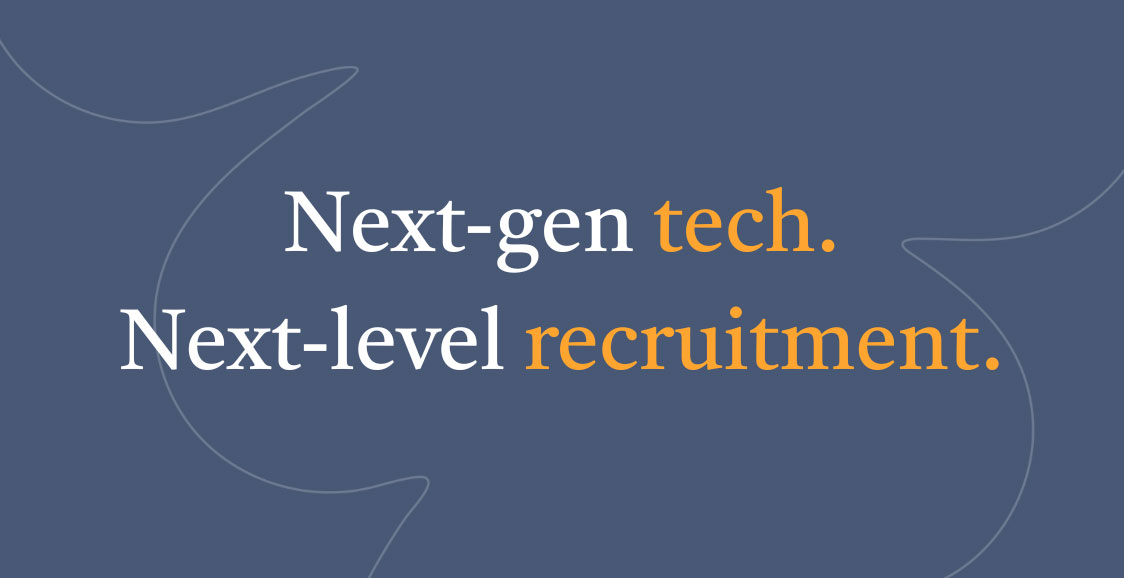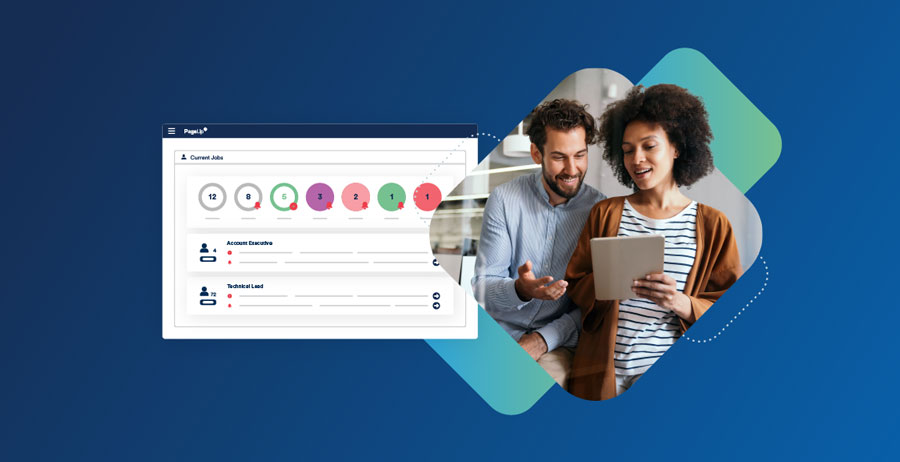Technology is a cornerstone of our daily lives. Does it really make life easier, save us time, and help us achieve our potential? In short, yes. But, as you’ll likely agree, it depends on how you use it.
In the past few decades, the explosion of time-saving tools, integrations, and capabilities have transformed the way organisationsorganizations develop their recruitment strategies. For recruiters, technology enables you to do more with less, regain more time for high-value tasks, make data-informed decisions, and focus on the candidate experience.
Let’s explore current tech trends and their applications within different layers of an effective recruitment strategy, from recruitment marketing, to applicant tracking and beyond. Each serves as a useful framework to understand leading recruitment tools, integrations, and capabilities in action. Plus, unlock more value from your current tech stack with recommended action steps. Not only can these tech trends improve your efficiency, they’ll also support your organisationorganization to create a lasting impression and positive candidate experience.
Awareness and attraction
The right recruitment marketing software can enhance your employer brand and ability to engage talent tenfold. How? By boosting key capabilities such as self-service careers site solutions, targeted campaigns, and publishing integrations with job sites and social platforms. It can facilitate engagement with both broad and precise talent segments, including active and passive candidates.
Use recruitment marketing tech to establish an effective, mobile-friendly careers site, and showcase your company culture and values, with clear calls to action (such as applying for roles, job alerts, or your talent community). This can be paired with automation capabilities to do the heavy lifting afterwards, such as abandoned application communications to increase conversion rates. You may also like to consider SMS recruitment tools to connect with candidates at scale and streamline the hiring process.
If AI and automation are top of mind, perhaps it’s worth distinguishing between them. Automation follows predetermined instructions, while AI can learn from data, and make predictions and decisions based on this information. From a recruitment marketing perspective, you may like to consider automated alerts and personalisedpersonalized messaging. Or, in terms of AI-enhanced capabilities, use it to analyse job market trends or create targeted job ads.
Job ad generators can support you in crafting compelling listings, with capabilities such as customisablecustomizable templates, keyword suggestions, and formatting options, to ensure your ads are concise and optimisedoptimized to attract suitable candidates. Textmetrics, for example, uses smart AI writing software to create engaging, inclusive, error-free content and job listings.
Applications and conversions
If you’ve laid the groundwork with recruitment marketing software to improve your awareness and attraction capabilities, ensure your application process is smooth, simple, and –perhaps it bears repeating– mobile-friendly. After all, 51% of jobseekers search for new job opportunities and 33% submit applications via mobile.
Consider elevating application and conversion touchpoints with personalisedpersonalized automations, such as application receipts, or welcome messages for people who opt in to your talent community or job alerts. And be sure to measure results through your ATS to determine critical recruitment metrics, such as sourcing channel effectiveness.
Applicant tracking and candidate communication
If your Applicant Tracking System (ATS) is the central nervous system of your recruitment strategy, it’s helpful to ensure you’re using it to its fullest potential. Consider leveraging tools to improve candidate nurturing and communication, reach diversity and inclusion targets, and create seamless experiences for your recruitment team and hiring managers.
Particularly for high-volume recruitment, automation for personalisedpersonalized communication can create an impressive, lasting experience for candidates. In terms of AI-enhanced capabilities, you may like to use AI tools to screen applications, process, and identify top candidates.
Use in-built Applicant Tracking reporting functionality to measure achievements in different aspects of your recruitment process, such as time to hire and candidate acceptance rates. And make data-informed decisions accordingly.
Interviewing, evaluations, and offers
Of course, TA teams need strong tools and processes for interviewing and evaluating candidates to make the best use of time and resources. But importantly, it must prioritiseprioritize the candidate experience.
As we’ve shared, AI tools make hiring faster and fairer. Essentially, these tools have the power to process high volumes of information at speed, reduce unconscious bias, and create a positive candidate experience with personalisationpersonalization and efficiency.
Powerful video interviewing software, such as myInterview, Spark Hire, VidCruiter, and AI smart interviewing tool Sapia.au, are supporting recruiters to deliver positive candidate experience – complete with customisationcustomization, branding, and personalisationpersonalization capabilities. Interview generator tools, too, automate interview question creation, providing tailored questions based on role requirements and candidate profiles. All are great ways for recruiters to save time, ensure consistency, and streamline the candidate assessment process.
For faster, more effective recruitment screening, there are an abundance of tools to streamline psychometric and behavioural assessments, eligibility and reference checks. pymetrics, for instance, uses data-driven behavioural insights and AI to create a more efficient, effective, and fair hiring process across the talent lifecycle.
Continue analysing recruitment metrics to guide decision-making and demonstrate ROI.
Beyond
Technology has immense potential to transform recruitment strategy and the way we interact with candidates. Beyond the tech tools outlined, there are many which can be applied to other stages in the talent lifecycle, from talent pooling to internal engagement. (For the employee experience alone, there are countless tools for employee feedback, internal mobility, onboarding, training, and more.)
If you’re focused on digital transformation, the technology benefits of intelligent automations, data and reporting, and seamless communication are well understood. Yet, if they’re not thoughtfully implemented, rather than developing authentic engagement with candidates, the opposite can happen. To compete for top talent, recruiters must combine innovative tech with strategic thinking and a data-driven approach. On this final note remember, avoid the trap of data silos. Instead, use data technology to share insights with your recruitment team and executive leadership, and ensure everyone is on the same page about the areas you’re working towards developing or maintaining.
Ready to optimiseoptimize your talent technology with a purpose-built recruitment platform, powered by powerful integrations? Get in touch to transform the way you hire with PageUp.





